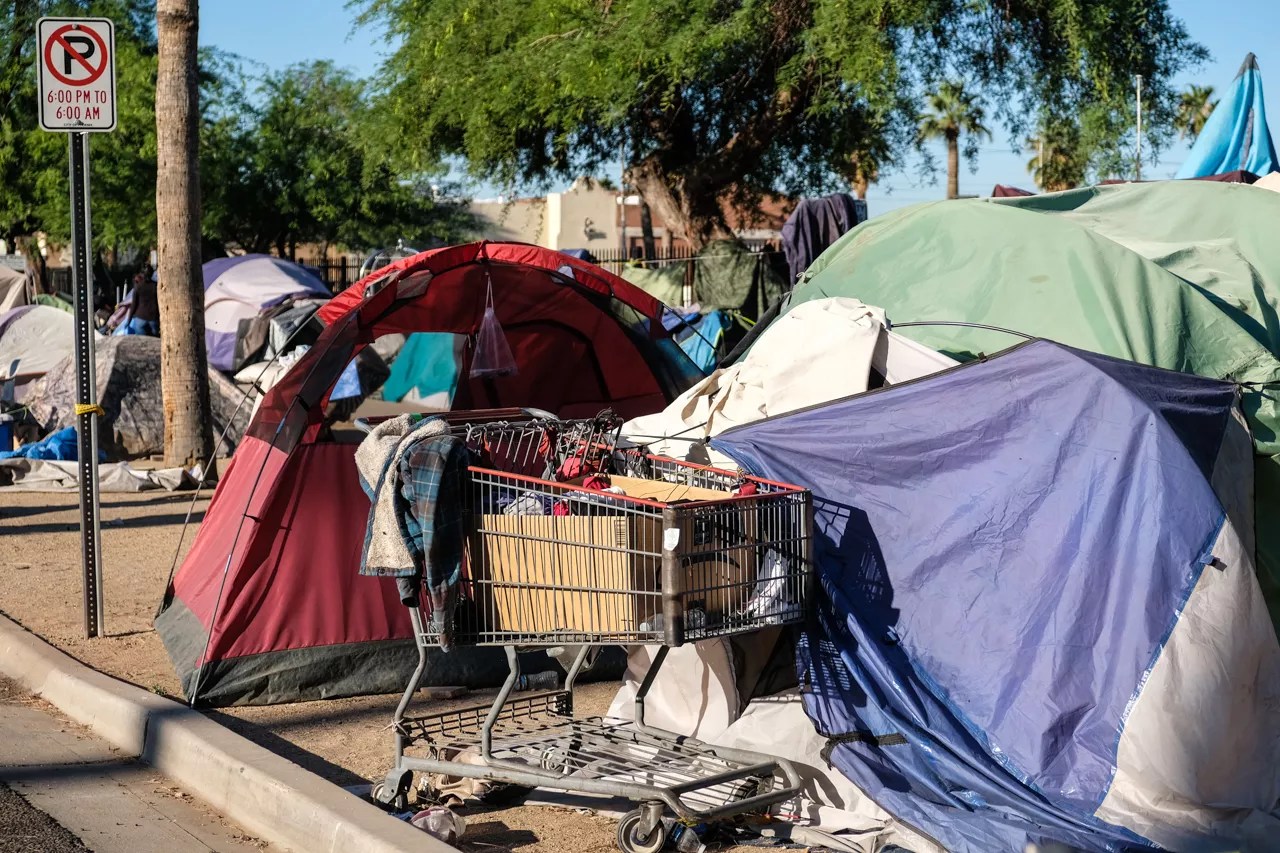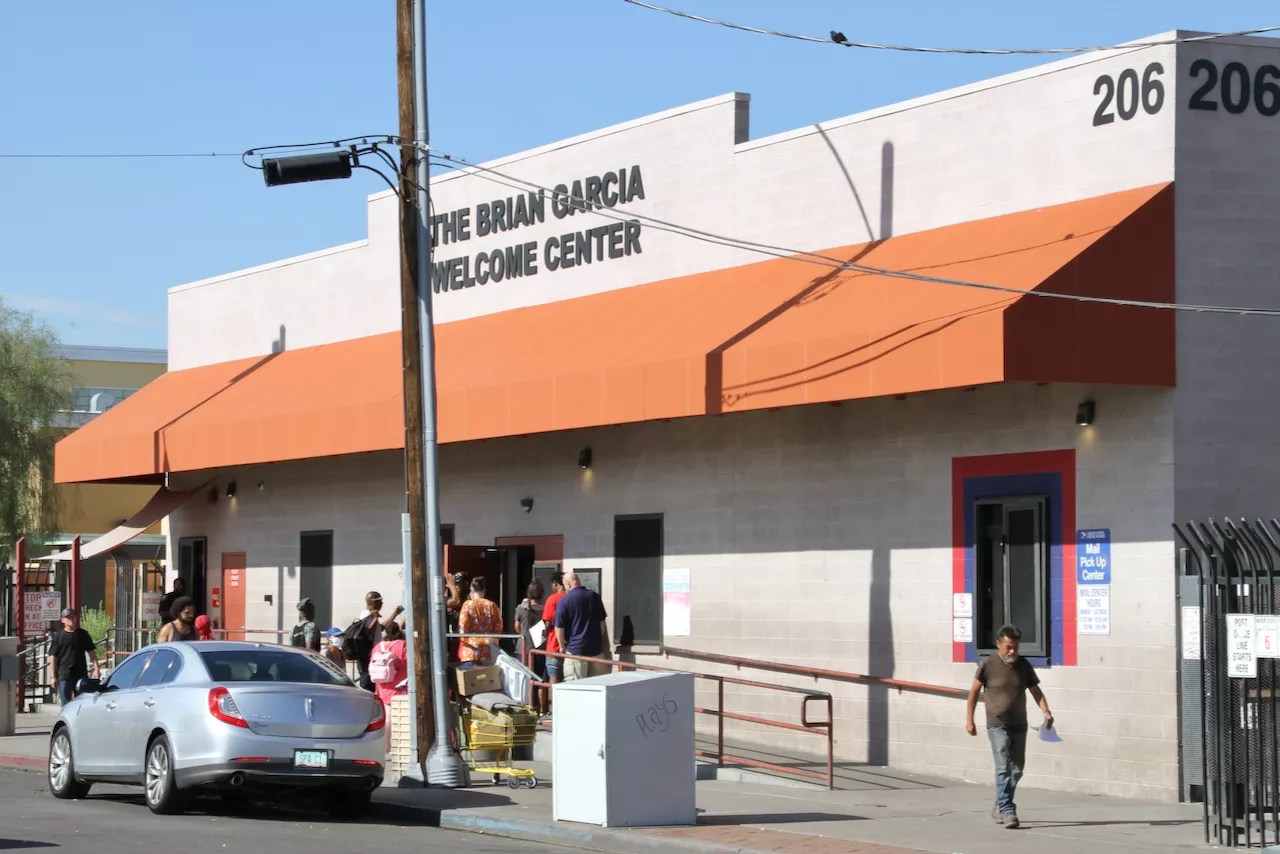
Katya Schwenk

Audio By Carbonatix
The annual homelessness count orchestrated by the Maricopa Association of Governments will see hundreds of Phoenicians taking to the streets on Jan. 23.
More than 1,000 volunteers will scour “alleys, parks, riverbeds, streets and doorways” to hand count the number of people experiencing homelessness in the region, according to a press release from the association.
“While the Point in Time count is only a small snapshot of the homelessness crisis, we know that gathering data is an important way to drive progress,” said Phoenix Mayor Kate Gallego, who is chair of MAG.
Volunteers also will conduct brief surveys with encountered individuals, where possible, to identify the most pressing needs of the city’s unsheltered.
Data from the count will be released publicly in April, according to the association.
The count comes after Phoenix officials spent months clearing out one of the nation’s largest homeless encampments, known as the Zone. The final makeshift shelter was removed in November.
However, questions still linger about where the hundreds of unsheltered people living in the encampment have settled and how many of them are still unhoused.
Phoenix’s Office of Homeless Solutions said in a Dec. 12 press release that 718 people were removed from the Zone. Of those people, 590 accepted shelter offered by city officials. As of Dec. 12, the city said nearly a third of them had left their respective shelters without securing permanent housing.
The city office also said it plans to add 790 new shelter beds over the next two years.

The Brian Garcia Welcome Center serves as the entry point to the 13-acre Human Services Campus, which hosts a variety of social services organizations.
Matt Hennie
Informing policy decisions about homelessness
For the Maricopa Regional Continuum of Care program, the count is one of several data points used in an application to the U.S. Department of Housing and Urban Development, which provides funding for homelessness assistance programs.
The Continuum of Care program has received more than $550 million of funding since 1999, according to MAG. The program currently supports more than 32 homeless assistance programs within 11 different agencies.
Vicki Phillips, co-chair of the Continuum of Care, said in a written statement that the count is not only critical for funding but also serves the program’s decision-making process.
“All of these data points help us better understand the greatest needs and best manage limited resources,” Phillips said.
Last year, MAG and its volunteers counted 9,642 people experiencing homelessness in the region, a 7% increase from 2022.
The Maricopa Association of Governments encourages anyone interested in volunteering to contact a coordinator in their area.